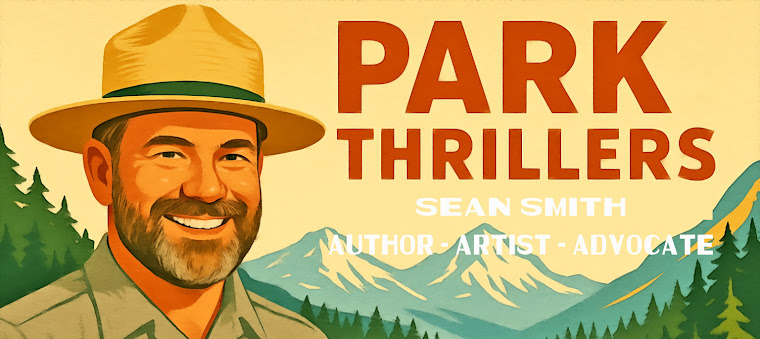
The National Park Service (NPS) and Fish and Wildlife Service (FWS) are taking comments on a plan that would restore the North Cascades Grizzly bear to a health population. Currently there it is estimated there are roughly a couple dozen bears that transit the park, crossing the border from Canada. Studies show that this number is not viable. Inbreeding is likely rampant which can lead to birth defects and the extinction of the ecosystem's bears.
The NPS and FWS are proposing to supplement the current North Cascades Grizzly bear population with individuals relocated from healthy Canadian populations. Restoring the grizzly bear to the North Cascades would produce numerous legal, economic, ecological, and recreation benefits.
Please join me in urging the federal government to draft a plan that restores the North Cascades Grizzly bear to health numbers.
Click
here to send your letter today.
Thanks,
Sean Smith
Below is the letter I sent to the federal government. Feel free to use it for yours!
###
To whom it may concern:
I write today in support of the Fish and Wildlife Service's (FWS) and National Park Services (NPS) effort to restore a viable population of Grizzly bears to the North Cascades ecosystem.
Grizzly bears have been a integral component of the North American continent. In the recent past, it was estimated that in America the Grizzly bear population reached 100,000 and ranged from the American plains to the Western coast. Today the remaining few hundred Grizzly bears are limited to a few remote mountainous regions of the country like Yellowstone, Glacier, the Selkirks and the North Cascades.
The FWS and NPS are by law required to preserve and restore endangered and native species. Countless scientific studies and research have shown that viable Grizzly bear habitat exists in the North Cascades and that the few grizzly bears that transit the area do not constitute a viable population.
Besides legal reasons for restoring the bears, there are ecological, economic, recreational benefits to restoring a healthy population. For example, grizzly bears are an indicator species. Wildlife biologist tell us that if a region has a healthy bear population, its more likely the ecosystem's remaining plants and animals are also robust. Grizzly bears also have significant economic impacts on areas. Many visitors from around the globe travel to places like Glacier and Yellowstone with the single purpose of seeing a Grizzly bear in the wild.
Finally, as a former Glacier and Yellowstone park ranger I know recreation and grizzly bears can coexist. People are rightly concerned about traveling in bear country, but simple practices like making noise, traveling in groups, and hanging ones food can significantly improve ones safety. Moreover, concerns about area closures or exclusions are overblown. These measures are rarely if ever used, and when they are its often for short term reasons such as to protect den sites.
I encourage the FWS and NPS in its draft recovery plan to research the following areas of Grizzly bear recovery:
1. the legal requirements,
2. the ecological benefits,
3. the economic benefits,
4. the recreation impacts,
5. the safety concerns.
Along with the above, and probably most important, I'd ask the FWS and NPS to document the intrinsic benefits of restoring bears. Grizzly bears if nothing else represent the "wild" part of America that is fast disappearing. Can we as Americans sustain a few select places where we glimpse the possibility of connecting to something higher.
When I was a park ranger, I often heard from visitors that they appreciated what people like John Muir, Teddy Roosevelt, Aldo Leopold, and Rachel Carson had done to protect our wildlife heritage. But immediately right after many added, they wished these leaders had done more. Fair enough, I share that sentiment. But there is nothing we can do about the decisions of are ancestors. However, we are the ancestors of the future, are they going to look back and say "I wish they had done more to protect the Grizzly bear." If the North Cascades Grizzly bear recovery plan is done correctly, I don't think so.
Thank you for your consideration.
Sincerely,
Sean Smith














